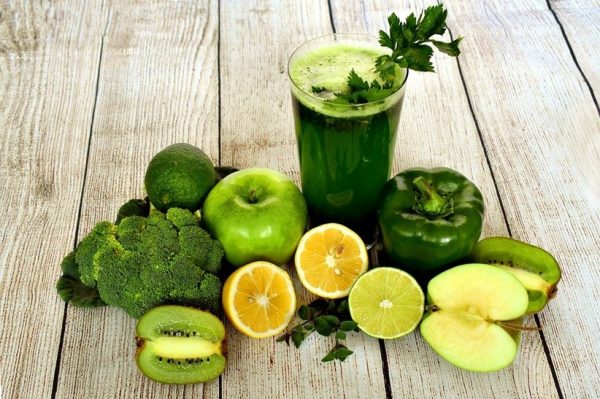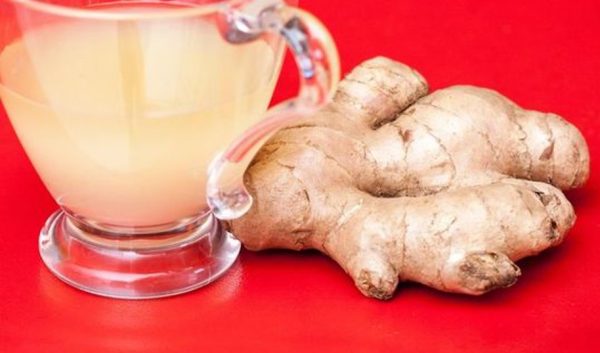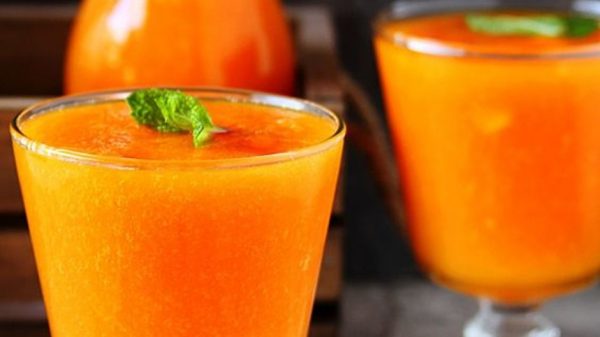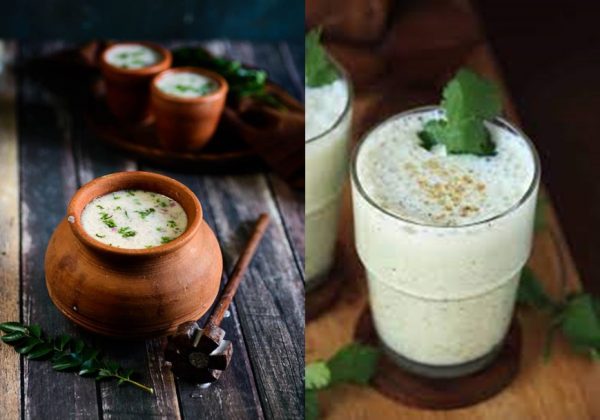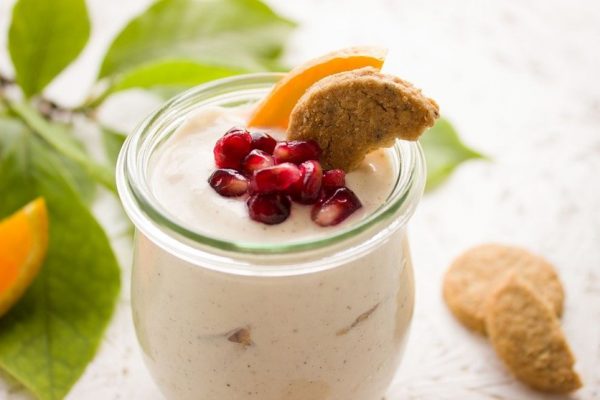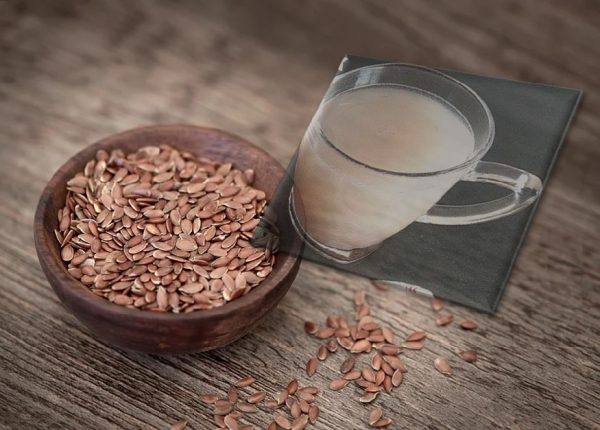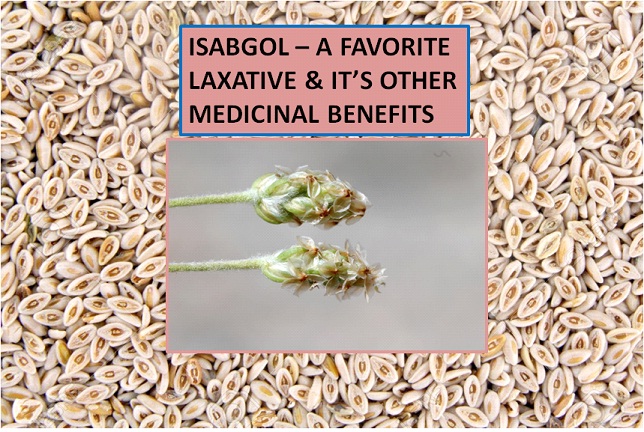Babies can do so many things! They are so eager to learn about just about everything, they just love exploring and playing. This below list is perfect for little ones who are playing alone and for babies from newborns to around 4 or 6 months.
FEEL THE BALL
Materials: Zip-loc bag, a soft ball
What to Do: Children learn using the sense of touch. Give your child a soft ball to feel. After a while, place the ball inside the zip-loc bag and fasten the bag securely. Let you child feel the ball, pushing it around the bag. Show your child how to stop the ball, then move it around the bag.
Variations: Put another toy in the bag and repeat the activity.
Skills Learned: Tactile stimulation
SHARING EVENTS
What to Do: Preparing your child for an event in life is important. You may think your child will not understand what you are saying, but it is still important. Maybe your in-laws are coming for a few days or a babysitter is coming for the evening. Take time to explain what is happening. This is a good habit to begin while your child is young. Your child builds trust during transition times because of these explanations.
Skills Learned: Trust, language development.
BARELY CRAWLING
Materials: Bolster pillow
What to Do: Infants love to move and stretch. Place your infant on her tummy on a pillow. See if she tries to push forward or rock back and forth. Try to hold her feet up to see if this encourages any forward movement. Use caution in order to avoid falls. She will move when she is ready.
Skills Learned: Coordination, social development, trust.
GIFT SURPRISES
Materials: Wrapping paper
What to Do: Children love to unwrap gifts. Try wrapping your child’s favorite toys in brightly colored wrapping paper and put them in a shopping bag. Let him dig through, unwrap, and rediscover!
Skills Learned: Creative expression, tactile stimulation, upper body strength.
PAPER SOUNDS
Materials: Wrapping paper
What to Do: Wait until you see what children can do with paper! Save used wrapping and tissue paper from gifts. Let your child play with the paper. Wad it up. Enjoy watching your child crawl on it and rip it. She’ll delight in the sounds that are created when you play together with paper.
Skills Learned:Tactile stimulation, sound discrimination, creative expression.
SWITCHING IT
Materials: Toy
What to Do: Infants love to grasp and squeeze almost anything. Place your infant on your lap and hold a toy out in front. Once he has grasped the toy with one hand, hold another toy out and offer it to him. Sometimes infants will drop the toy, but eventually they learn to switch the toy to the other hand to hold both toys at the same time.
Skills Learned: Grasp and release, tactile stimulation.
TOWER CONSTRUCTION
Materials: Set of blocks
What to Do: Building towers with blocks develops your child’s motor skills and problem solving abilities. Sit your baby on the floor with all the blocks. Show her how you stack them, one by one, counting as you build. Once the tower is three blocks or higher, let her knock it over and say, “The tower fell down.”Continue to build, using more blocks.
Variations: As your child becomes more adept, begin to use smaller blocks to help develop dexterity.
Skills Learned: Eye-hand coordination, visual development, visual tracking.
TUMMY TIME
Materials: Blanket & toy
What to Do: It is important to give your child tummy time for short periods during the day. While your child is on his tummy, place two of his favorite toys on the floor. Cover part of one with a blanket. Place it so he can see the part that is sticking out of the blanket. Ask him, “Can you find your yellow duck?” See what he does. Do this with the other toy. If he engages in this activity, try putting both toys under the blanket and have parts of each toy showing. Ask the question and observe his response.
Skills Learned: Visual tracking, visual stimulation
CRAWL-A-THON
Materials: Blanket, toy
What to Do: Children of all ages love to engage and have fun with their parents. Crawl with your child in a hallway or open space and see who captures a favorite toy or stuffed animal first. Place a section of the toy under a blanket at the end of the hall so it can be partially seen. On your mark, get set, go! Who reached the toy first?
Skills Learned:Emotional development, gross motor, visual tracking.
TUNNEL TRIP
Materials: Box, blanket
What to Do: Make moving around more fun for your infant with this tunneling activity. Locate a box larger than your child’s body. Cut both ends off to make a tunnel. Place your infant on one open end, while you go to the other end. As you call your child’s name, gently pull your child through the box.
Variations: Sit your infant on the floor, then place the box over your child and peek from the top. Play Peek-a-boo with child.
Skills Learned: Coordination,creative movement, gross motor, problem solving, sensory development, visual stimulation.
THAWING ICE
Materials: Ice cube tray, food coloring, small toy items
What to Do: This fun and simple activity will entertain your infant during bath time and help her experience the properties of water. In the morning, fill ice cube trays with water and put a drop of food coloring in each section. Drop a small plastic or wooden figure in each cube and freeze. During your baby’s bath time, place the ice cubes in the water and watch as he tries to pick them up, push them underwater, or simply watch them move in the water. After a while, he’ll love playing with the thawed toy items.
Variations: Use an assortment of food colors.
Skills Learned: Attention span, grasp and release, sensory development, tactile stimulation, visual discrimination.
BAG IT
Materials: Paper bag, plastic cup, block spoon
What to Do: Children love taking random things in and out of bags over and over again. Place several objects, along with a paper bag, in front of your child. Name each object. Ask your child to place the plastic cup in the bag. Next, ask her to place the block in the bag. Last, ask her to place a spoon in the bag. Have her empty the bag; repeat the activity.
Variations: Add objects if your child continues to be interested.
Skills Learned: Visual discrimination
PAINTING THE SIDEWALK
Materials: Small brush with handle
What to Do: This fun activity will help develop your child’s upper body strength. Locate a small brush with a handle. Weather permitting; take your child out to the sidewalk or in the garage. Put the brush in a small bucket of water. Show your child how to paint the sidewalk or garage floor.
Variations: Take a bucket and small brush with you the next time you go to the swimming pool. Your child will love painting the pavement!
Skills Learned: Upper body strength, eye-hand coordination, creative expression, gross motor skills.
SAYING YES
What to Do: Develop your child’s communication skills with this fun activity. Sit across from your child and ask questions that require a “yes” answer. Does mommy love you? Shake your head up and down as you reply, “Yes, she does.” Continue the activity: Did you have a good sleep? Are you a good baby? Do you love mommy?
Skills Learned: Concept development, emotional development, listening, and visual tracking.
Reference: For more activities visit www.ProductiveParenting.com
Image credit: Image by Regina Petkovic from Pixabay
